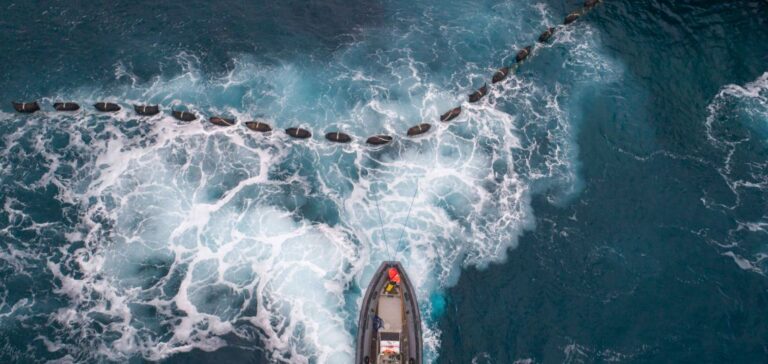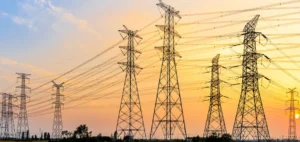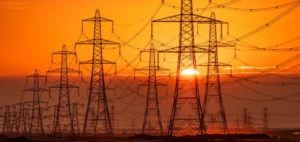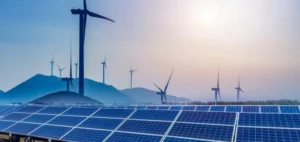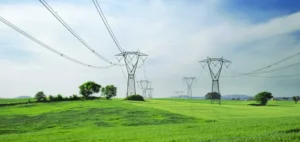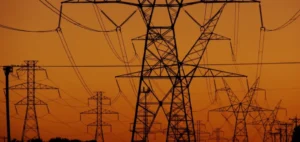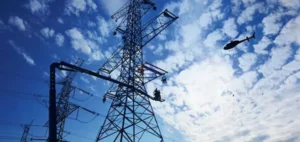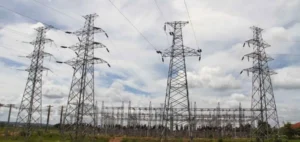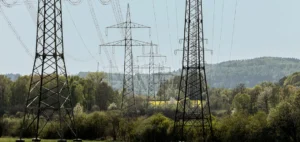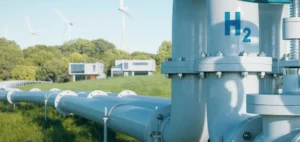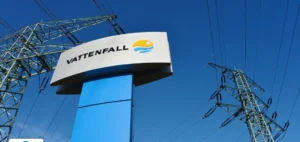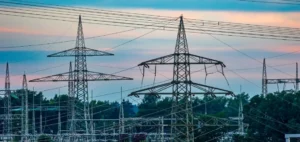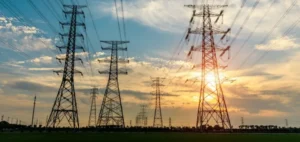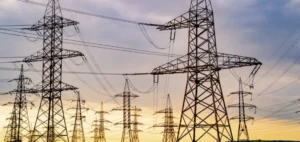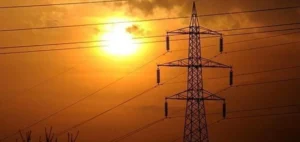The electricity interconnection between Crete and Attica, developed by the Greek transmission system operator Independent Power Transmission Operator (IPTO), is entering its final phase, with commissioning scheduled before the end of the month. This project, described as the largest of its kind in the country, has a budget exceeding €1.1bn ($1.19bn). It connects the Heraklion region in Crete to mainland Attica via two high-voltage direct current (HVDC) submarine cables.
High-capacity technical infrastructure
Ariadne Interconnection, a subsidiary of IPTO responsible for execution, confirmed that operational testing began around ten days ago. These tests concern the converter stations installed at each end of the link. IPTO announced on May 21 that the stations had been energised and reactive power had been injected into the Crete and Attica power systems. These developments, according to IPTO, are “critical milestones” on the path to commercial operation.
With a transfer capacity of 1,000 MW, this interconnection is the most powerful ever installed for an island system. It is also among the three deepest submarine electrical connections in the world. The project aims to provide more stable and secure electricity supply for Crete while increasing export capacity and integration with the national grid.
Public funding and industrial partners
The project is co-financed up to €535.5mn ($579mn) by two European programmes under the National Strategic Reference Framework (NSRF): the 2014–2020 “Transport Infrastructure, Environment and Sustainable Development” programme and the 2021–2027 “Environment and Climate Change” programme.
The 500 MW cable for the interconnection was supplied by Nexans, while Prysmian handled the other half of the system, including two associated submarine telecom links. Both companies were selected for their expertise in complex HVDC projects, meeting the depth and stability requirements of the Aegean Sea’s subsea environment.
Integration into national and European grid
The Crete–Attica interconnection forms part of a broader strategy to modernise and integrate the Greek grid, reducing the island’s energy dependence on its local system. The project will also help balance the load across the network, contributing to reduced service interruptions and more consistent electricity supply.
Full commissioning is expected by the end of May, according to IPTO, although no exact date has been announced. The initiative represents a key milestone in the evolution of electricity transmission in Greece and the reinforcement of its interconnection infrastructure.


